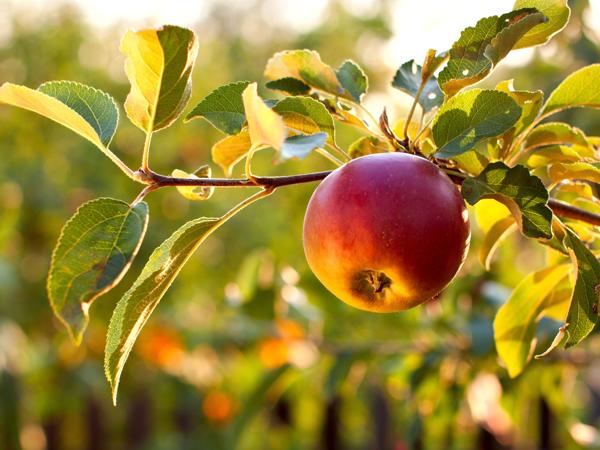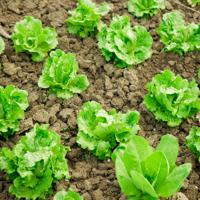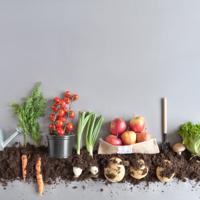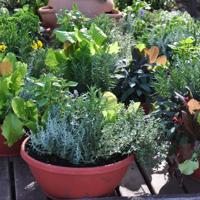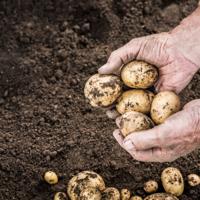There’s something truly special about growing your own apple tree in your backyard. Not only do apple trees offer delicious fruit, but they can become a beautiful centerpiece of a home garden. Cultivating them, however, requires some patience and know-how. Here’s an approachable guide to get you started on planting and caring for apple trees.
Choosing the Right Apple Tree
Your journey begins with selecting the right apple tree variety for your garden. Consider your local climate, available space, and taste preferences. Some popular varieties include:
- Honeycrisp: Known for its sweet flavor with a hint of tartness.
- Fuji: Appreciated for its long shelf life and crisp texture.
- Granny Smith: Ideal for those who love tart apples, and they are great for baking.
It’s worth checking with local nurseries for apple varieties that thrive in your area’s specific climate.
Preparing the Planting Site
Apple trees prefer well-drained, fertile soil with a pH between 6.0 and 7.0. You can easily test your soil’s pH using a home testing kit available at most garden stores.
Select a site that receives at least 6 to 8 hours of sunlight a day. Full sun encourages more fruit production and helps keep the tree healthy.
Planting Your Apple Tree
Spring is often the preferred time to plant apple trees, as the soil is warming but still has adequate moisture.
-
Digging the Hole: The hole should be twice as wide as the tree’s root ball and just deep enough so that the top of the root ball is level with or slightly above the surrounding soil.
-
Planting: Remove the tree from its container and gently loosen any circling roots. Place it in the center of the hole. Ensure that the tree is upright, then backfill with soil, firming it gently to eliminate air pockets.
-
Watering: After planting, water the tree deeply to help settle the soil around the roots.
Caring for Your Apple Tree
Keeping your apple tree healthy involves regular care and attention.
Watering
During the first two years, water your apple tree regularly, especially during dry periods. Apply water at the base of the tree, ensuring the soil is consistently moist but not waterlogged.
Feeding
Feeding your tree with a balanced fertilizer in early spring can help support growth. Be careful not to over-fertilize, as too much nitrogen may encourage leafy growth at the expense of fruit production.
Pruning
Pruning is essential for shaping the tree and encouraging productive branches. The best time to prune is late winter before new growth begins. Focus on removing dead or diseased branches and thinning crowded areas to allow light and air circulation.
Pest Management
Apple trees can be susceptible to pests such as apple maggots or codling moths. Regularly inspect your trees and consider using traps or barriers to help manage these pests organically.
Pollination
Most apple trees require cross-pollination, meaning you’ll need at least two different varieties for them to bear fruit. Crabapple trees are often great pollinators if space is limited.
Harvesting Your Apples
Apple harvesting time varies depending on the variety. You’ll know your apples are ready to pick when they come off the tree easily with a slight lift and twist.
Keep in mind that apples do not ripen further once picked, so it’s best to sample a few during the recommended harvest period to gauge their readiness.
Conclusion
Growing your own apple tree can be a rewarding and educational experience. It teaches patience and provides joy, especially when you take that first bite of a homegrown apple.
For further reading, check resources from local agricultural extensions or fruit tree societies. Engaging with local gardening clubs can also provide practical insights tailored to your specific region.
Happy gardening!
